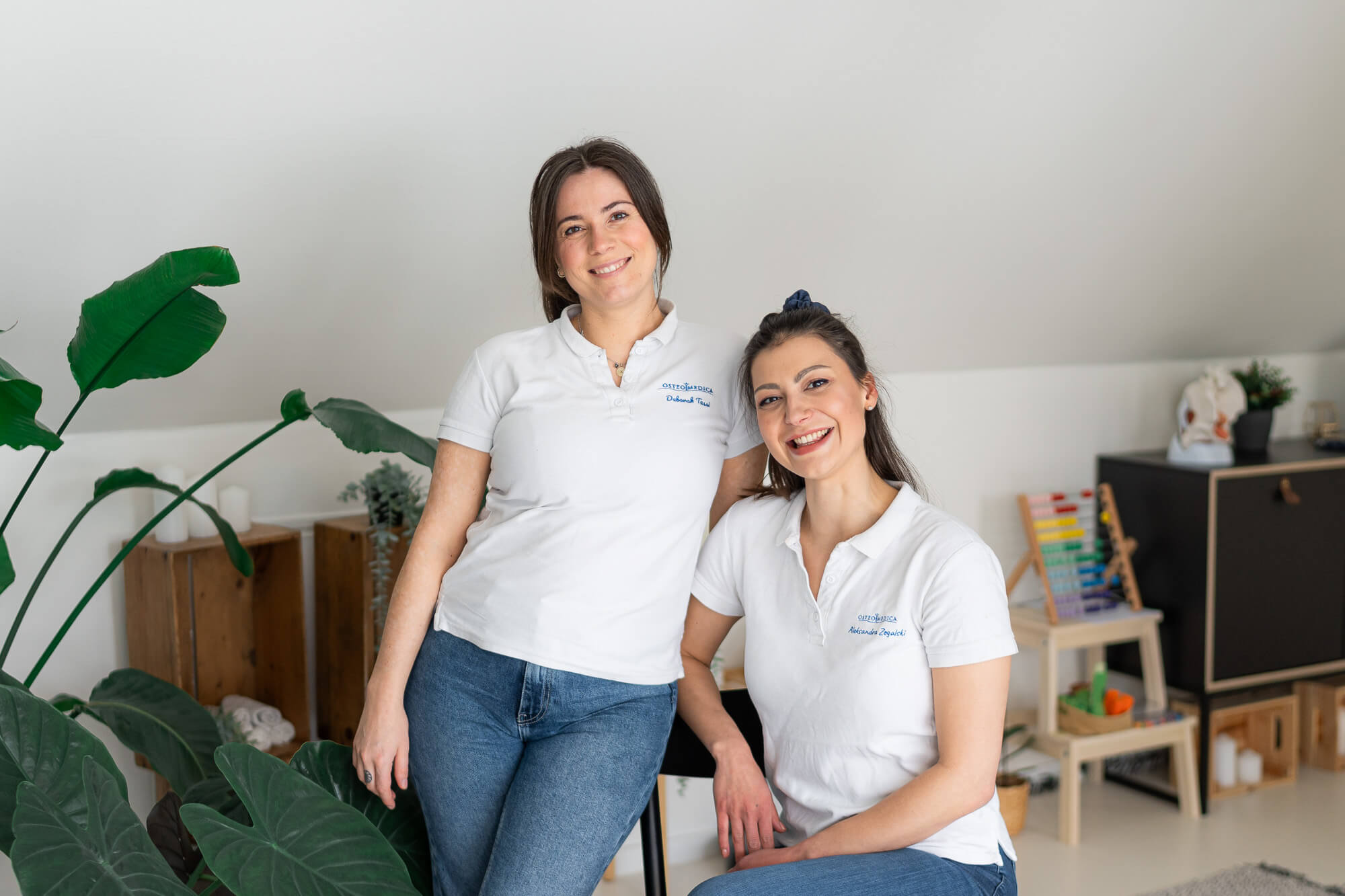OsteoMedica Women’s health

Gynecological osteopathy is a branch of osteopathy that focuses on women’s health. As in any area within osteopathy, a holistic approach to the woman’s body and problems related to the genitourinary system, including those resulting from surgery, are emphasized.
Gynecological osteopathy deals with women with any pelvic condition or dysfunction, including pregnancy and after delivery, whether it is natural or through a caesarean section. A gynecological osteopath focuses on the internal organs, such as the uterus, ovaries, bladder and rectum (last part of the colon), as well as the kidneys and the abdominal organs, includes an assessment also of the vascular and lymphatic systems, muscles, fascia and ligaments. The goal is to obtain the best possible therapeutic effect by applying a range of different techniques.
Here at OsteoMedica we provide an evaluation and treatment of the pelvic floor through internal vaginal and rectal techniques.
Gynecological osteopathy can help women of all ages with a wide range of problems. Some examples of conditions that can benefit from gynecological osteopathy include problems with fertility, menstrual pain, and irregularities in the menstrual cycle.
Pelvic anatomy
The pelvis is an area that connects the trunk and the lower limbs, supports and balances the trunk and the spine, and contains and supports the intestines, the urinary bladder, and the internal sex organs.
The pelvis consists of paired hip bones, connected in front at the pubic symphysis and behind by the sacrum (last part of the spine). The pelvis provides attachment for muscles that balance and support the trunk and move the legs, the hips, and the torso.
At the bottom of the pelvis we find the pelvic floor, a series of muscles that holds the pelvic organs in place and makes sure that physiological reactions such as continence of the urine and feces, erection of the clitoris or the penis, orgasm and ejaculation take place.
Pelvic organs are connected functionally through shared common nerve pathways (for example pudendal nerve), not just by anatomic proximity.
Disruption of the inferior hypogastric nerve plexus during childbirth for example may result in reinnervation changes that cause visceral pain years later. Bowel and bladder symptoms often accompany gynecologic symptoms such as dysmenorrhea, endometriosis and vulvodynia.


